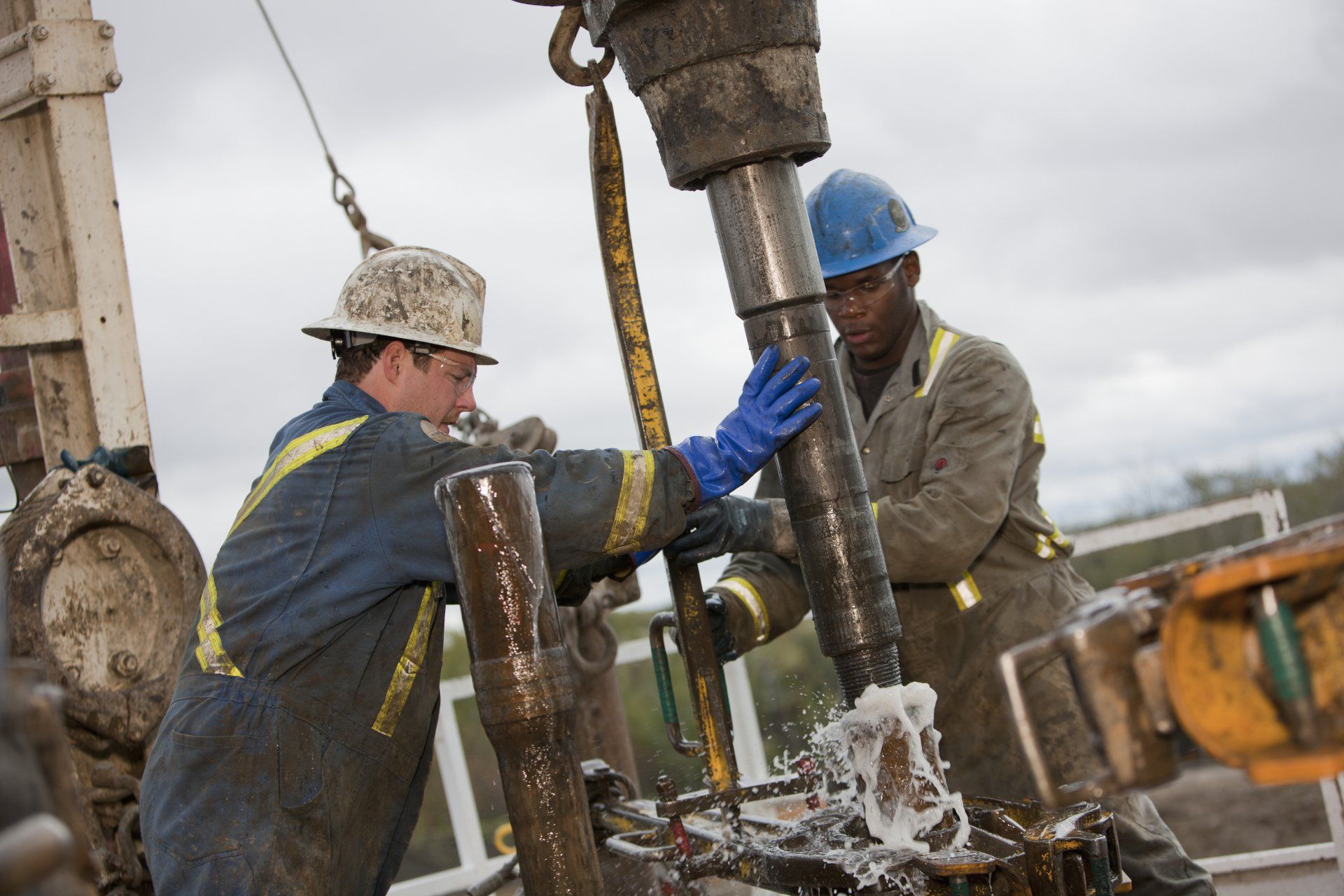Mineral and royalty owners receive an extraordinary amount of correspondence regarding their mineral and royalty assets (some necessary, but most probably a nuisance). However, a mineral/royalty owner would be well served not to throw-out an Allocation Agreement or Production Sharing Agreement. Rather, the receipt of such an agreement is usually a good thing…a horizontal well is likely coming soon.
Operators are increasingly looking to drill horizontal wells rather than vertical wells for several reasons: greater hydrocarbon production, higher internal rate of return, ability to HBP numerous tracts with one well, etc. However, the contractual oil & gas lease terms an operator/lessee must comply with often do not grant sufficient pooling authority required to receive a horizontal permit.
When pooling authority is insufficient, operators often turn to permitting Allocation Wells and Production Sharing Wells in order to obtain a horizontal drilling permit from the Texas Railroad Commission. For a better understanding on Allocation Wells and Production Sharing Wells, please refer to the related article “Horizontal Wells Explained: Lease Wells, Allocation Wells, Production Sharing Wells and Pooled Unit Wells”.
Operators/Lessees will most-often attempt to obtain as much mineral/royalty owner consent as possible prior to the drilling and completion of an Allocation Well or Production Sharing well in order to mitigate the risk of potential litigation down-the-road, and they accomplish this via the Allocation/Production Allocation Agreement.
First and foremost, mineral/royalty owners should view the Allocation/Production Sharing Agreement as an amendment to their contractual oil & gas lease…because it is. Unlike a division order, which a royalty owner may revoke at any time under Texas Law, an Allocation/Production Sharing Agreement will be valid for the life of the contractual oil & gas lease, absent a provision stating otherwise. The Agreement will initially set forth the definitions of several key terms that will determine the manner in which royalties from the horizontal well are to be paid.
Operators/lessees often vary on the portion of the horizontal wellbore that will receive credit for purposes of royalty payments. Examples of the portion of the lateral companies will give credit to for royalty purposes are as follows: first take-point to last take-point, surface-hole location to bottom-hole location, surface-hole location to last take-point, etc. Due to the varying allocation methods advocated by operators/lessees, it is imperative for royalty owners to understand where their particular tract lies within the path of the proposed horizontal well, and they should be wary of executing an agreement when a proposed horizontal well plat is not provided because to do so would likely give an operator/lessee a wide spectrum in which to horizontally develop the tract without providing crucial information to the mineral/royalty owner necessary to make an informed decision.
If an operator/lessee proposes an allocation methodology using take-points, the portion of the wellbore outside the take-points will not receive the proportionate footage credit in the royalty calculations for the portion of the well deemed “non-productive”. For example, if you have mineral/royalty ownership in a tract in which the surface hole location is located, you will not receive any credit for the portion of the wellbore prior to the first take-point, which can be considerable. The horizontal Allocation Well would not produce without this portion of the wellbore, so why should it not be included in the allocation methodology?
Although the prospect of receiving royalties on a future horizontal well is exciting, close attention needs to be paid to the agreement’s provisions to ensure key terms of the underlying contractual oil & gas lease are not amended to the detriment of the mineral/royalty owners. For example, a common provision companies will place in the agreement is a ratification of the underlying oil & gas lease between the lessor and lessee. Acceptance of such a provision could waive a current, or prior, breach of a lease condition resulting in a potential loss of held acreage or depths.
As mineral owners ourselves, we often receive such agreements with no horizontal well plat or specific plans detailing how the minerals will be developed. Although we understand an operator/lessee’s desire to not be “boxed-in” on how to horizontally develop, executing an agreement without knowing the future horizontal development plans simply gives an operator/lessee too much latitude in my opinion, which diminishes my ability to prudently manage the subject minerals to ensure they are developed in a fair and prudent manner. When faced with this situation, I simply reach out to the operator/lessee landman to discuss their company’s plans. In most cases, company landmen are more than willing to take the requisite time to explain their company’s future plans for the tract in question.
Below is a list of questions mineral/royalty owners would be well-served to ask in the event the answer is not clear within the body of the proposed agreement:
- Does this agreement cover only a single horizontal well, or will it apply to multiple future horizontal wells?
- I do not see a proposed horizontal well plat, may I please be provided with one?
- Is the proposed allocation methodology the same for all royalty owners, regardless of which tract they own?
- Is the company seeking this agreement the same that will drill the horizontal well, and if not, is the company drilling the well using the same allocation methodology?
- Does this agreement contain provisions that are in direct conflict with the provisions contained in the contractual oil & gas lease?
If you are uncertain about the applicability of a proposed provision and how it may affect your contractual rights, it is advisable to seek an attorney’s advice prior to execution.


